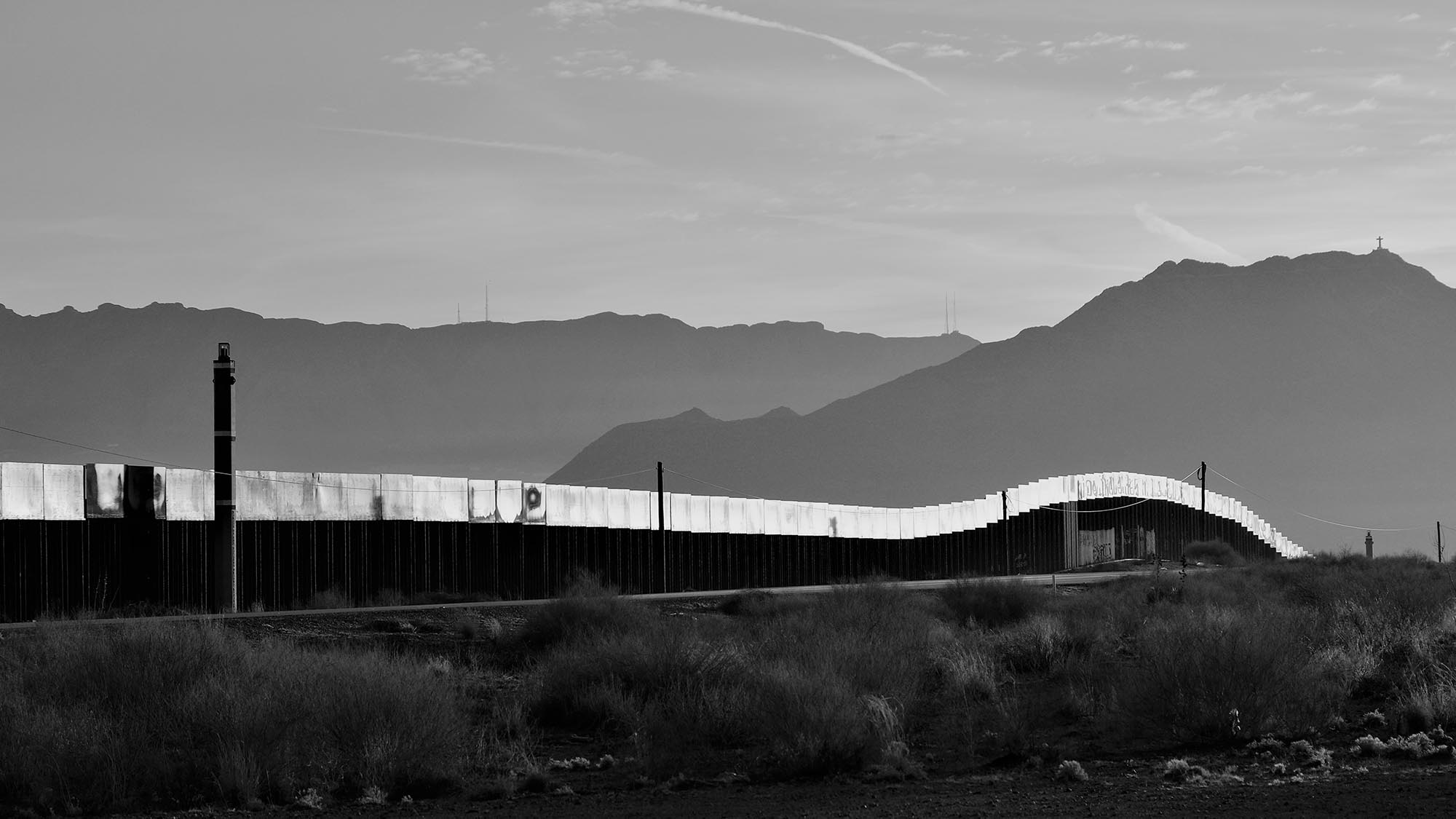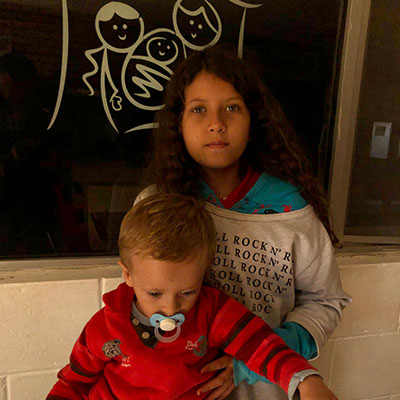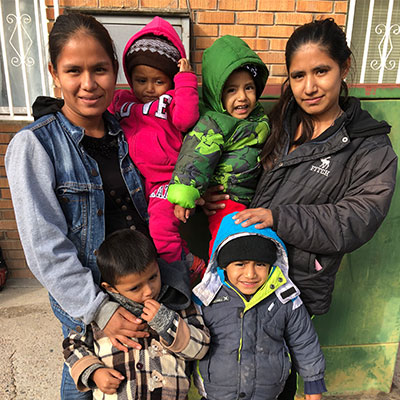Note from Editor:
We are all well aware of the expanding immigrant crisis on our southern border. Virtually every night on the national news we see a fresh clip of migrant children being abused or dying, or tear gas canisters flying toward immigrants seeking to cross our borders, or one politician after another pontificating about The Wall.
However, these images flash before our eyes in seconds and often they are merely panoramic shots that fail to reveal the actual faces of those who have come north to try and gain entry to our country. Doubtless, there are as many reasons for making the perilous trek over hundreds, even thousands, of miles as there are people making it. Undoubtedly, some of the migrants have a criminal background and some may well have criminal intent. Yet, surely there are also thousands who only come seeking a better life for themselves and their families—just as our own ancestors did, for, after all, America is a nation of immigrants and their descendants.
What is inarguable is that those on our southern border seeking entry are all human beings, with stories to tell, and dreams yet unrealized. They deserve closer attention than many of us give them. One small way of addressing this issue is to study the faces of a few who have borne great hardship to journey to the American border. Our frequent and distinguished contributor Morgan Smith has created a powerful photographic essay that Trajectory Journal is proud to share with all our readers.
Morgan’s photos and commentary are below. As always, please feel free to reach out to us with your comments, questions, and concerns. Trajectory remains committed to sharing words and art that enlighten.
Note from author Morgan Smith,
Although the press has focused on the deplorable situation for migrants at the Tijuana, Mexico border crossing, hundreds of migrants have also come to Juárez, Mexico to await what are called “asylum hearings” with US Border Patrol officials. Fortunately for them, there is a Catholic-based facility called La Casa del Migrante where they can stay and be cared for.
I have visited twice and have interviewed a number of these migrants. It is a very painful situation. Many of the families will qualify for asylum status, meaning that they are in grave danger in their home countries, but they will have a long wait. Many others have no chance of entering the US legally. They have been lured into making this long, dangerous trip by “coyotes” who tell them that entering the US and finding good jobs is easy and charge them large fees to bring them north, even knowing that they cannot qualify for asylum status.
Here are photos and some background on those I interviewed.
How will this end? It’s hard to be optimistic given the vicious power struggle in Washington. The elements of an overall solution to this immigration situation are, however, not at all complicated.
First, enact a guest worker program so that workers would be able to go back and forth more easily for seasonal work in agriculture and construction. Most of these workers stay here not because they want to but because it is so difficult to go back and forth.
Second, resolve the DACA issue. These young people were brought here when very small, have always lived here and the idea of sending them back to countries where they have no ties is simply cruel and unfair.
Third, create a path to citizenship for those others who are here, most of whom have families and jobs, pay taxes and are good citizens. Let them pay a fine for having come here illegally – or having overstayed their visas which is the more common situation – but don’t make them live in limbo forever.
Four, do a thoughtful and honest appraisal of the border security issue. The number of Border Patrol officers has doubled between 2004 and 2009 with most of the increases occurring during Obama’s presidency. I cross the border several times a month and what I see is overstaffing, not a security crisis. In fact, the numbers of migrants attempting to get into the US has declined dramatically. If there are still security issues, including areas where additional barriers are needed, let’s do it but in a thoughtful way.
Five, join with Mexico in helping stabilize countries like Honduras, Guatemala and Salvador so that their citizens can live at home in peace.
Six, tone down the ugly rhetoric.
If we treated immigration as a practical problem rather than an emotional one, we could solve it quickly. Unfortunately that may not happen soon.








